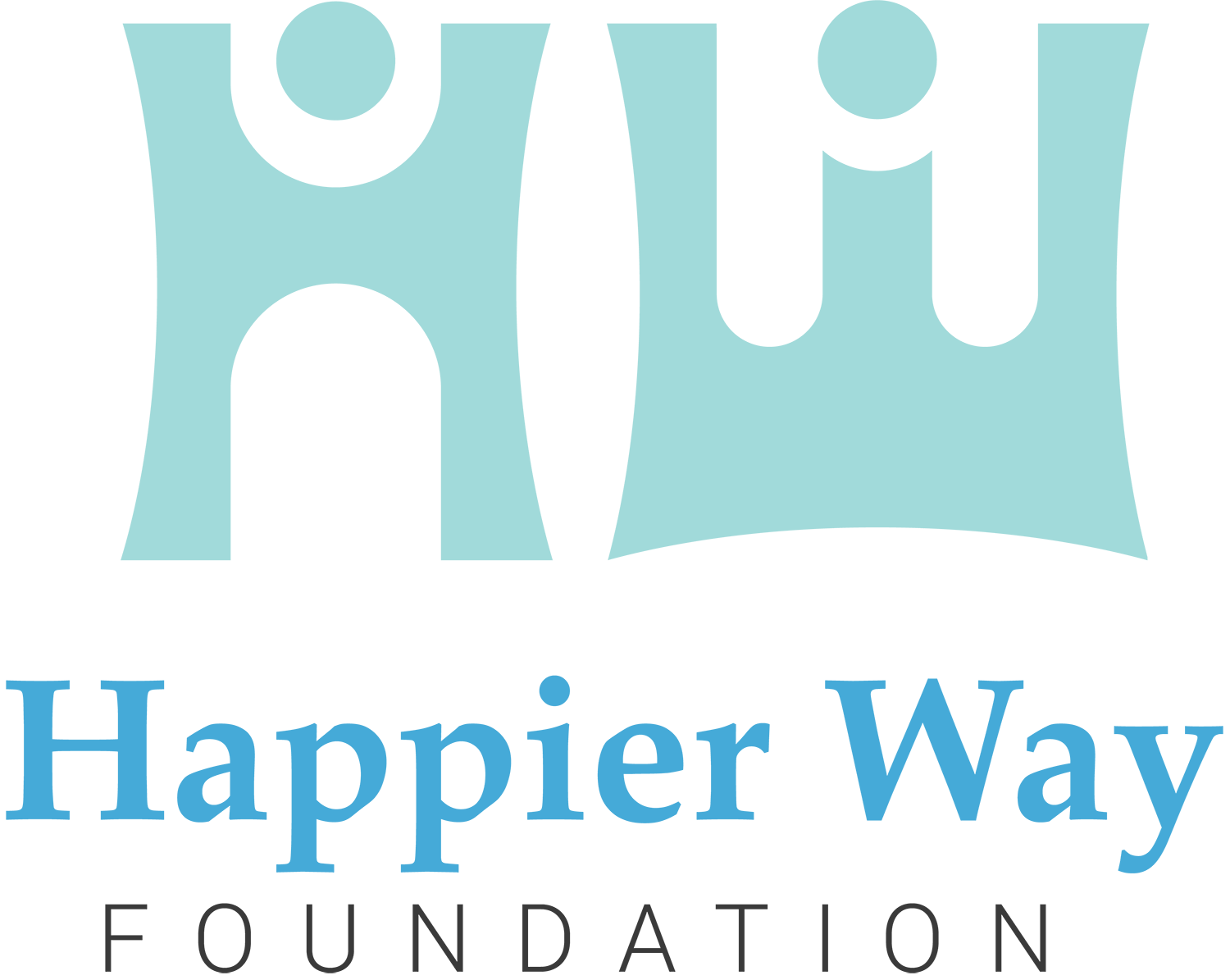May 12, 2020
Summary.
A Stanford and Harvard professor convened a symposium on what’s actually working to improve diversity and inclusion in organizational life. In this article, David Pedulla summarizes the main findings. First, organizations should set goals, collect data, and hold people accountable for improving diversity within the organization. Second, organizations should abandon traditional discrimination and harassment reporting systems — these often lead to retaliation. Employee Assistance Plans (EAPs), ombuds offices, and transformative dispute resolution systems can play a critical role in not only reducing retaliation but also provide fuel for organizational change. Third, organizations should check to ensure that technologies used to assist in hiring and promotion aren’t inherently biased. Fourth, companies must avoid tokenism. Finally, organizations should get managers and other leaders involved in diversity programs from the start. This will increase buy-in and lead to smooth implementation.close
In the wake of major social and political changes over the past decades, leading companies are taking steps to increase diversity, equity, and inclusion. Yet progress in most sectors remains tepid. Programs designed to increase diversity and inclusion in the workplace often fail. So that leads to a natural question: What’s actually working?
Focusing on solutions to the diversity challenge — rather than on the failures — was top of mind when Devah Pager and I designed a convening in 2018. We brought together leading experts on bias, technology, discrimination, and organizational design, and – rather than documenting the problems that abound – we asked everyone to focus on answering one simple question: What works? (Pager, who was the Peter and Isabel Malkin professor of public policy and professor of sociology at Harvard University, passed away in 2018. The ongoing aspects of our project, I hope, are a testament to her pathbreaking work on racial discrimination and social inequality.)
It was challenging to keep our emphasis on solutions. As became clear, there is no silver bullet. No single solution. Yet, in pushing ourselves to think outside the box and draw on the best empirical evidence that exists, the convening participants identified promising areas where investment, focus, and experimentation have the ability to serve as remarkable engines of change
We dove into these promising areas and produced a report, titled “What Works? Evidence-Based Ideas to Increase Diversity, Equity, and Inclusion in the Workplace.” Here, I highlight five key insights that can serve as tools for those looking to make their workplaces more diverse, more thriving places.
1. Collect, Count, and Compare.
Set goals, collect data, and examine change over time and in comparison to other organizations: When it comes to maximizing profits and effectiveness, many businesses deploy this set of strategies. Why not do the same for issues of diversity and inclusion? Sociologists Elizabeth Hirsh at University of British Columbia and Donald Tomaskovic-Devey at University of Massachusetts at Amherst argue that companies should do precisely this.
By collecting and analyzing data on diversity over time, comparing those numbers to the numbers at other organizations, and sharing them with key stakeholders, companies can increase accountability and transparency around diversity issues. Say a company has far lower representation of women in managerial positions relative to the local labor market, similar firms, and/or the goals of the corporation. This identified shortfall can lead to concrete goal setting about numbers and timelines for increasing women’s representation in management. In turn, these goals can be made available to key internal and external stakeholders to promote accountability. Of course, this strategy will only work if the data are appropriately analyzed, progress and roadblocks are continually identified, and key stakeholders are able to weigh in to chart a path forward.
2. Deploy Alternative Complaint Systems.
Approximately half of all discrimination and harassment complaints lead to some type of retaliation. And workers who complain about harassment are more likely to end up facing career challenges or experiencing worse mental and physical health compared to similar workers who were harassed, but did not complain about it. Clearly, something is not working.
Sociologists Frank Dobbin from Harvard University and Alexandra Kalev from Tel Aviv University present an innovative way forward: alternatives to legalistic grievance mechanisms. Employee Assistance Plans (EAPs), ombuds offices, and transformative dispute resolution systems can play a critical role in not only reducing retaliation but also provide fuel for organizational change. EAPs, for example, are frequently run by vendors outside the organization and offer free and confidential advice to employees, often over the phone. Yet, EAPs are not used very often to handle discrimination and harassment issues. By expanding their scope to provide valuable support and guidance to employees on strategies and tactics to deploy around harassment and discrimination, EAPs can serve as an important resource for employees, although they do not generally intervene in organizations. Key to this type of shift is changing leadership mindsets from seeing complaints as threats to valuing them as insights that can spark positive organizational change.
3. Test for Biased Technology.
Technology has become ubiquitous in the workplace. While holding powerful potential to increase efficiency, there is also significant concern that technologies can reproduce and even exacerbate group-based inequalities by race, gender, or other social categories. Business leaders Kelly Trindel and Frida Polli of pymetrics and Kate Glazebrook of Applied offer strategies to reduce the likelihood that biases and discrimination creep in to new technologies.
First, technologies that get deployed for corporate screening, hiring, and evaluation processes have to be built on data that is fair to socio-demographic groups – such as different racial groups – in the aggregate and that is relevant and predictive of success for the particular role being evaluated. But, that alone is not enough. Companies need to proactively test new technologies for disparate impacts on workers before they go in the field and need to audit their procedures after implementation to ensure that biases are not creeping in. The combination of building solutions with an eye to screening out discrimination, and then checking for it on the back end, will not only create fairer products but can also help organizational leaders sharpen their understanding of what does not work in their current system.
4. Beware of the Small-N Problem.
As behavioral scientists Iris Bohnet and Siri Chilazi, both at Harvard University, discuss, the ways we think about and perceive others can also hamper progress. They present a subtle, yet important, factor that can contribute to biased decision-making: group size. When individuals belong to groups that are seriously underrepresented in the organizational context – such as racial minorities or women – they may be subjected to stereotype-based evaluations or tokenism. These biased perceptions can then have negative consequences for both individual workers and the larger organization, resulting in limited progress.
What can be done to combat these biases? Bohnet and Chilazi suggest that companies need not be stopped by the small numbers problem. In addition to increasing the representation of particular groups, companies can provide more visibility for a larger number and diverse set of underrepresented individuals – through opportunities for presentations internally as well as at conferences, for example. These efforts can counteract stereotyping and tokenism over time. Companies can also shift how assessments are run to counteract the impact of bias. One strategy is using simultaneous evaluation processes, rather than evaluating individuals one by one. When possible, for example, instead of hiring for a sales associate position in the winter, another in the spring, and then another in summer, companies could hire for all three sales associates at the same time. This type of architecture for decision-making has been linked to less bias.
5. Involve Managers from the Start.
Organizations are complex and have different internal logics, cultures, and dynamics. As researchers and strategists Lori Nishiura Mackenzie and JoAnne Wehner, both at Stanford VMWare Women’s Leadership Innovation Lab, articulate, it therefore does not make sense to take a one-size-fits-all policy and graft it on to different organizations. The organizational context matters. And, it should be accounted for when companies are deciding how to increase diversity, equity, and inclusion.
What might it look like to account for context? While Mackenzie and Wehner look at the whole cycle of change, they suggest one step in particular that is often overlooked by change agents: get managers and other leaders involved from the start. Often, organizations have experts design programs that are then deployed to the managers. This strategy often lacks a reality check: Does this program fit into the way managers already work, or are managers now required to add something into their already complex days? Involving managers in the design process can increase buy-in and smooth implementation, making interventions more sustainable and long-lasting.
As the common goals of diversity, equity, and inclusion become even more widespread, companies have the daunting task of figuring out what works. These five strategies — while far from comprehensive — offer an evidence-based place to start. From counting, collecting, and comparing to accounting for complex organizational contexts, progress is possible.
- DPDavid Pedulla is an associate professor of sociology at Stanford University.














